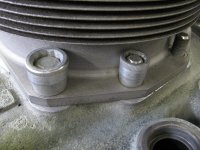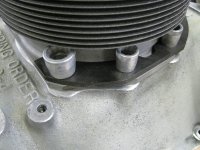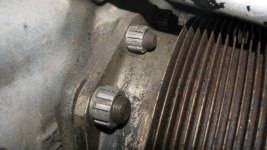I have an O-320-A3A running 7:1 pistons currently. I’m familiar with the discussion regarding the longer hold down studs and the hold down plates, but I’m still a bit fuzzy on my understanding of cylinder compatibility.
My basic question is simple: can the compression ratio upgrade be as simple as pulling the cylinder, replacing the piston and perhaps wrist pin, then reassemble with the old cylinder and rings?
As a follow on to that, has field experience shown the hold down plates to be strictly necessary if only going to 8.5:1 CR?
Does type of cylinder come into play?
Am I a fool for considering this instead of just waiting for overhaul time?
My basic question is simple: can the compression ratio upgrade be as simple as pulling the cylinder, replacing the piston and perhaps wrist pin, then reassemble with the old cylinder and rings?
As a follow on to that, has field experience shown the hold down plates to be strictly necessary if only going to 8.5:1 CR?
Does type of cylinder come into play?
Am I a fool for considering this instead of just waiting for overhaul time?







